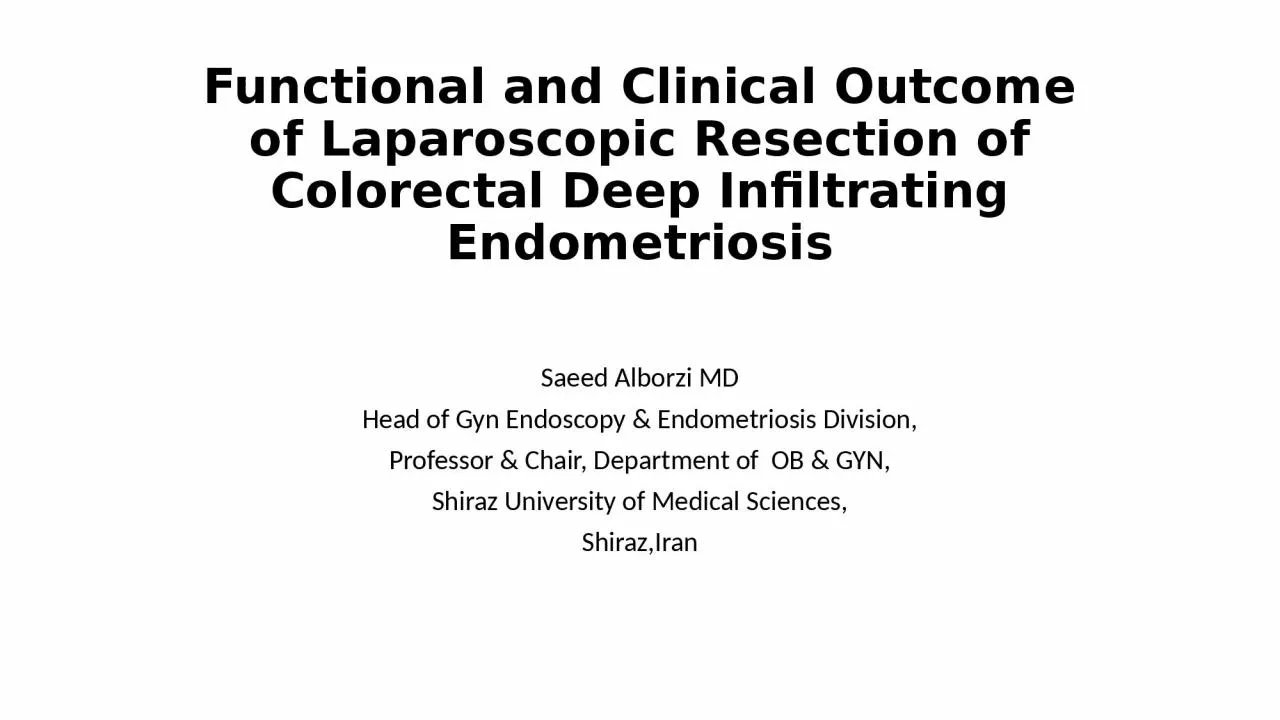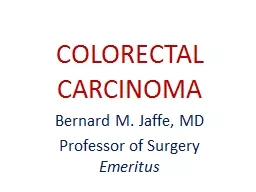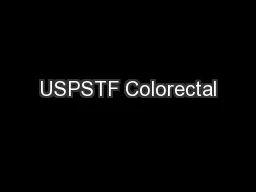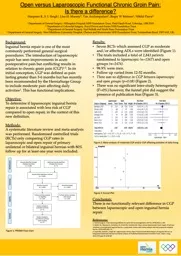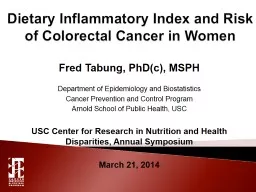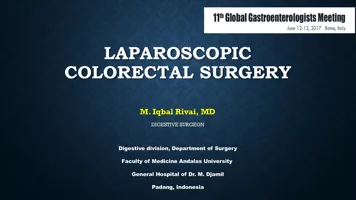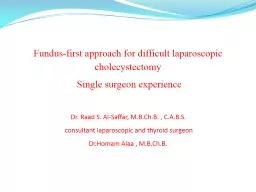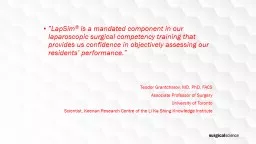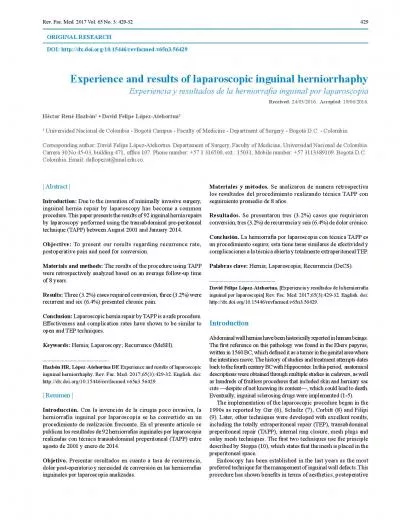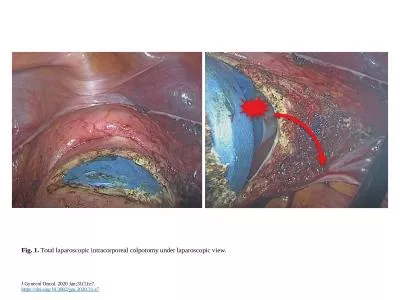PPT-Functional and Clinical Outcome of Laparoscopic Resection of Colorectal Deep Infiltrating
Author : margaret | Published Date : 2024-02-03
Saeed Alborzi MD Head of Gyn Endoscopy amp Endometriosis Division Professor amp Chair Department of OB amp GYN Shiraz University of Medical Sciences ShirazIran
Presentation Embed Code
Download Presentation
Download Presentation The PPT/PDF document "Functional and Clinical Outcome of Lapar..." is the property of its rightful owner. Permission is granted to download and print the materials on this website for personal, non-commercial use only, and to display it on your personal computer provided you do not modify the materials and that you retain all copyright notices contained in the materials. By downloading content from our website, you accept the terms of this agreement.
Functional and Clinical Outcome of Laparoscopic Resection of Colorectal Deep Infiltrating: Transcript
Download Rules Of Document
"Functional and Clinical Outcome of Laparoscopic Resection of Colorectal Deep Infiltrating"The content belongs to its owner. You may download and print it for personal use, without modification, and keep all copyright notices. By downloading, you agree to these terms.
Related Documents

